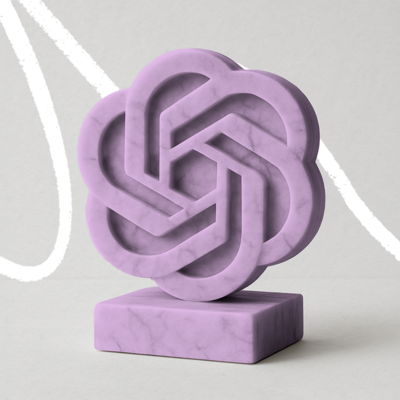
Sponsored By Axios HQ
Today’s newsletter is brought to you by Axios HQ, intuitive software from Axios that helps your team think more clearly, communicate more crisply, and send focused, effective updates.
Fortune 100s and startups alike use Axios HQ to craft smart updates that distill essential information in half the time — increasing transparency, boosting engagement, and building trust across the organization. Innovative teams know communication is the key to culture, connectedness, and growth, and use HQ’s intuitive platform to elevate company updates and get their teams smarter, faster.
Renaissance Technologies Medallion Fund has the single best investing track record of all time, with an average return of 66% from the years 1988 to 2018 (hot damn). In comparison, Warren Buffet’s Berkshire Hathaway, has returned an average of 20% a year since 1965. The stock market has returned about 10% each year since 1965. Ren Tech has simply tripled the performance of the man who is more popularly known as our generation’s greatest investor (goes to show the difference between branding and true value).
Despite this performance, Jim Simons, the founder of the Fund, once explained to a colleague that “If you trade a lot, you only need to be right 51 percent of the time.” Medallion deploys a high-frequency trading strategy and uses lots of bets to create these incredible gains.
This quote resonates so deeply with me because it touches on a core insecurity that I wrestle with: how many times as a writer/analyst can I be wrong before you fire me? In the last few months, I’ve correctly forecasted SurveyMonkey’s rebrand, created a content moderation theory that governs enterprise account strategy for social media companies which the Facebook Files confirmed, and called out how Notion will build an anti-Microsoft alliance—they just announced an integration with Slack last week. So far in the 8 months or so I’ve been writing Napkin Math I don’t think there have been any major misses besides the occasional math/grammar slipup. (If you can find one, let me know and I’ll give you a free month subscription!)
If I am to take Jim Simons’ advice to heart, perhaps I should make more bets. Perhaps I am being too conservative.
So, in the spirit of more public shots on goal, here are some of the investing considerations that I think will be important next year. I want to be pushed as an analyst, and public accountability is important. To be clear—this isn’t just reputational risk, I’ll be deploying my personal capital along these themes too.
With no further ado, here is what I’ll be investing in, in 2022.
(Next year we will look back and see what I got right. If I break 51% success rate I’m a better investor then Simons! (jokes, jokes))
Napkin Math 2022 Investing Themes
1. Inflation concerns dramatically change GTM and growth assumptions for tech companies
The core work loop of every company is to find potential customers, convert them, and milk said customers for every penny they can. It may not be obvious, but many of the steps in this loop depend on assumptions about inflation. With inflation in the 1–2% range, a lot of the steps work and make sense. Now that we’re pushing 7%, many of them break.
The Only Subscription
You Need to
Stay at the
Edge of AI
The essential toolkit for those shaping the future
"This might be the best value you
can get from an AI subscription."
- Jay S.
Join 100,000+ leaders, builders, and innovators

Email address
Already have an account? Sign in
What is included in a subscription?
Daily insights from AI pioneers + early access to powerful AI tools











Comments
Don't have an account? Sign up!